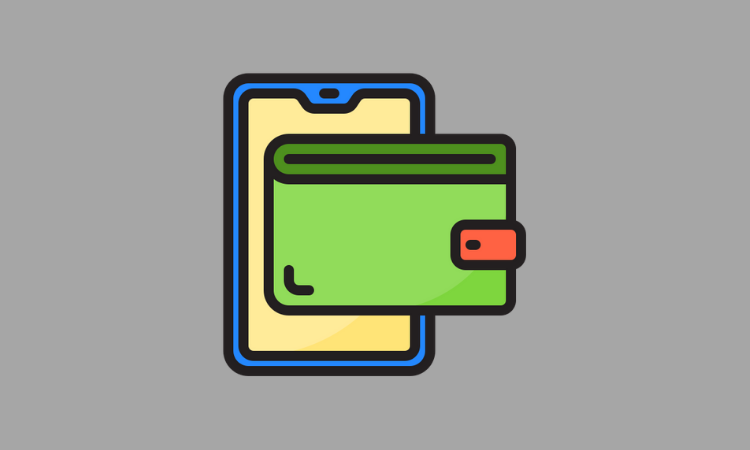Data Snacks, Member Exclusive
More people would make contactless payments if they actually owned a contactless card
- There is still a small but not insignificant portion of the population that doesn’t own a contactless card.
- Card issuers could benefit from filling the gap in the market.









